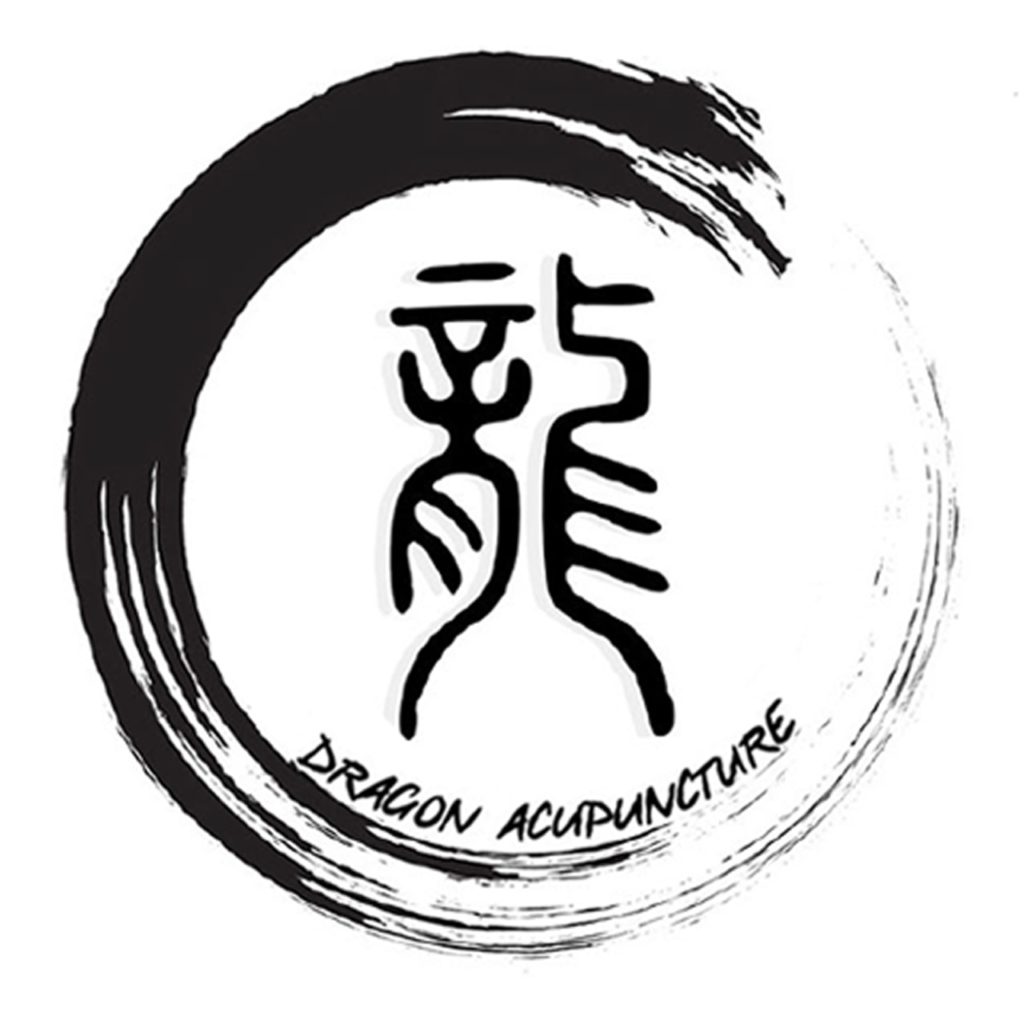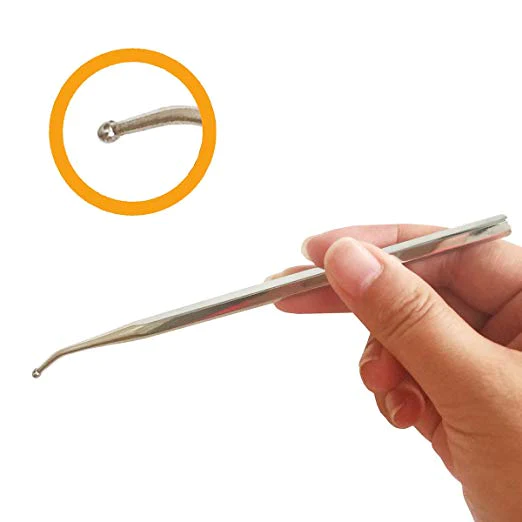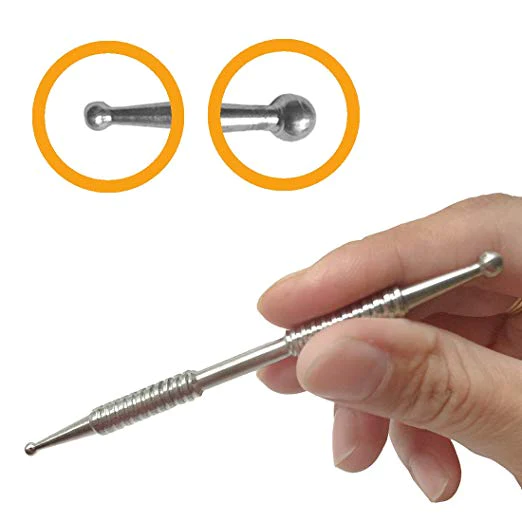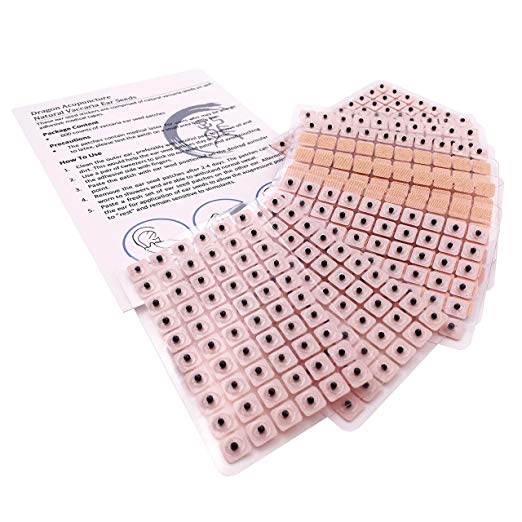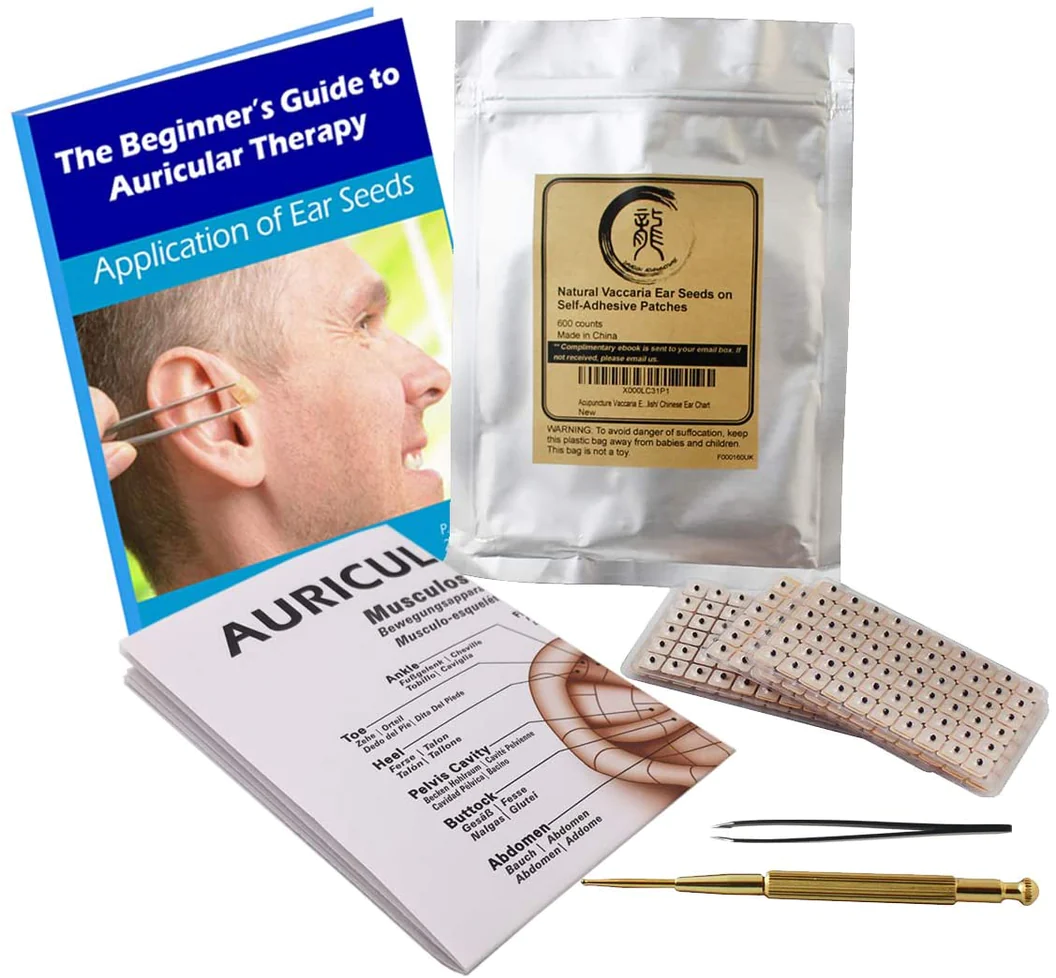Is BMI Misleading You? Why Body Fat Percentage Tells a More Accurate Health Story
If you’ve been using BMI (Body Mass Index) to track your health, it might be time to reconsider. While BMI has long been the standard for evaluating whether someone is underweight, normal, overweight, or obese, new research reveals that it may not actually reflect your real risk of death. Instead, your body fat percentage could be a far more accurate—and life-saving—indicator.
A 2025 study published in Annals of Family Medicine found that high body fat, regardless of BMI, is strongly linked to an increased risk of death from all causes, especially cardiovascular disease. For women balancing family, work, and wellness, this new insight is a powerful reminder to look beyond the scale.
High Body Fat, Even with a “Normal” BMI, Increases Death Risk
The study analyzed health data from 4,216 adults between the ages of 20 and 49. Participants were part of the National Health and Nutrition Examination Survey (NHANES) from 1999 to 2004 and were followed through 2019 to track mortality outcomes.
Here’s what researchers discovered:
- People with high body fat percentages had a 78% greater risk of dying from any cause.
- They were also 2.6 times more likely to die from cardiovascular disease than those with healthy body fat levels.
- Surprisingly, individuals classified as overweight by BMI but with low body fat did not have increased mortality risk.
These findings are a clear sign that a “normal” BMI may offer a false sense of health—especially if you carry a high percentage of visceral fat, which surrounds internal organs and fuels inflammation.
How the Study Was Conducted
To reach these conclusions, researchers used a method called bioelectrical impedance analysis (BIA) to measure body fat percentage. This tool sends a low electrical current through the body to determine fat composition. BMI, in contrast, was calculated using height and weight.
Participants were monitored for nearly two decades, with mortality data sourced from official death certificates. By using both BMI and body fat percentage, researchers could directly compare how well each metric predicted the risk of death.
The verdict was clear: body fat percentage was significantly more accurate in identifying individuals at higher risk for death and heart disease.
Why BMI May Be Giving You the Wrong Health Message
While BMI is convenient, it has several well-documented limitations:
- It can’t distinguish fat from muscle. A fit woman with strong muscles may have a high BMI but low body fat.
- It ignores fat distribution. Fat stored around your belly is more dangerous than fat on your hips or thighs, but BMI treats all weight equally.
- It doesn’t account for “skinny fat.” You might look slim but still have unhealthy levels of body fat—a condition known as normal-weight obesity.
This means your BMI could fall into the “healthy” range while your body fat percentage tells a much different, more concerning story.
Acupressure: A TCM Approach to Support Fat Loss and Metabolic Balance
Modern medicine is now validating what Traditional Chinese Medicine (TCM) has understood for centuries: balance within the body is key to lasting health. If you’re working to reduce body fat, acupressure offers a gentle, natural way to support your digestion and metabolism.
Acupressure stimulates energy pathways (meridians) and promotes internal harmony, which can help with fat metabolism, especially when paired with a healthy lifestyle.
Start With These Powerful Acupressure Points:
- Zhongwan (Ren-12) – Located halfway between your belly button and the base of your sternum.

-
- Benefits: Supports stomach function and reduces bloating.
- Technique: Use two fingers to press gently for 1–2 minutes, breathing deeply.
- Tianshu (ST-25) – Located two finger-widths from the belly button on both sides.
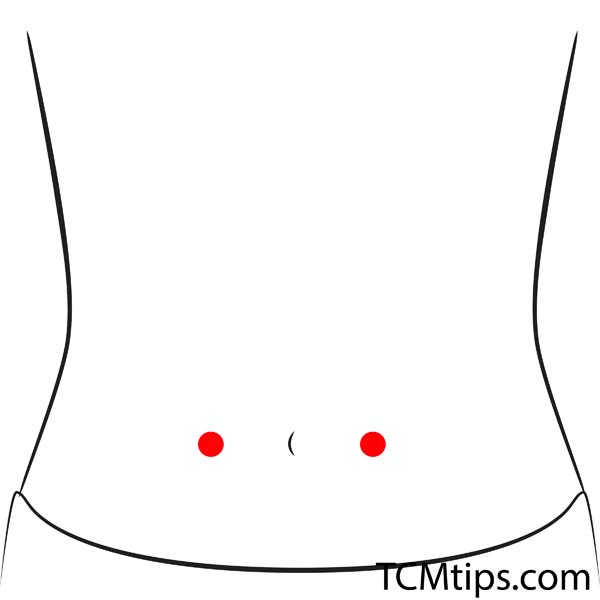
-
- Benefits: Regulates digestion and abdominal fat storage.
- Technique: Apply circular pressure on both sides for 2 minutes.
- Qihai (Ren-6) – Two finger-widths below the belly button.
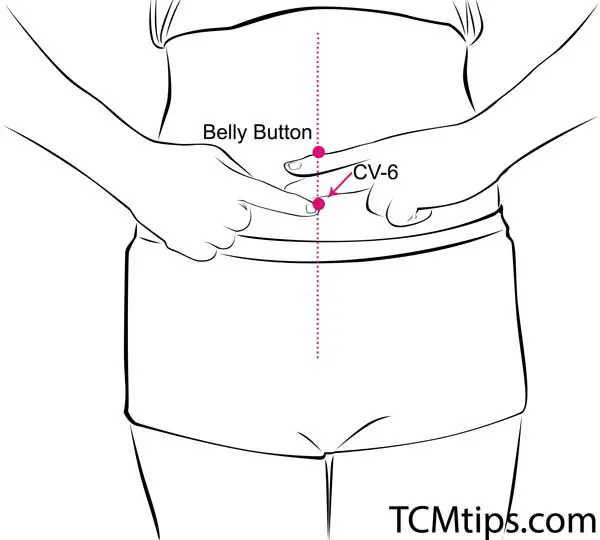
-
- Benefits: Strengthens Qi (energy) and enhances metabolic function.
- Technique: Apply steady pressure with gentle breathing for 1–2 minutes.
For a full breakdown of effective acupressure points, check out our detailed guide to the best acupressure points for weight loss. These techniques can be done at home in just a few minutes a day.
Takeaway: Track What Really Matters
This new research shows that your BMI might not be telling the whole story about your health. Instead, body fat percentage—especially visceral fat—is a more accurate marker for long-term health risks, including heart disease and death.
Don’t rely solely on the scale. Consider having your body fat measured with a BIA device or by a trained health professional. And if you’re looking for a gentle, effective way to support fat reduction and digestive balance, make acupressure a part of your daily wellness routine.
Understanding your body from the inside out—through both modern science and traditional wisdom—puts you on the path to deeper, longer-lasting health.
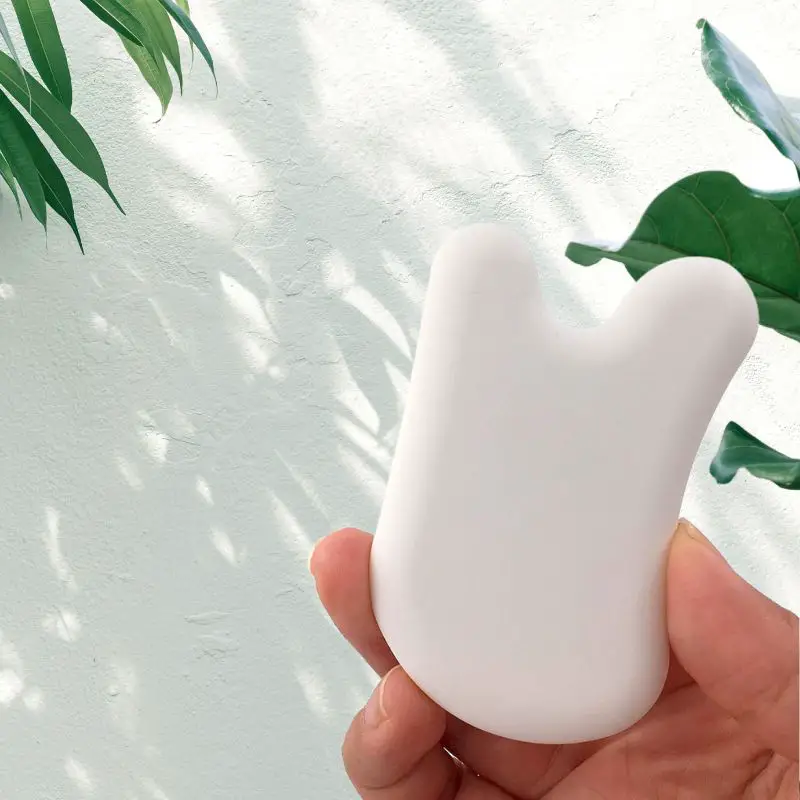
Try our Anti-Aging Gua Sha Tool designed to bring out your skin’s natural glow.
Best Gua Sha Product- Anti-Aging: The tool is designed to target 11 specific aging signs such as wrinkles and sagging skin. By following the 7-step routine, users can improve skin firmness and reduce fine lines naturally.
- Enhances Skincare Routine: It works effectively with serums and lotions, boosting absorption and efficacy of skincare products.
- Visible Skin Improvement: Users can expect a smoother complexion, reduced puffiness, and a more youthful appearance.
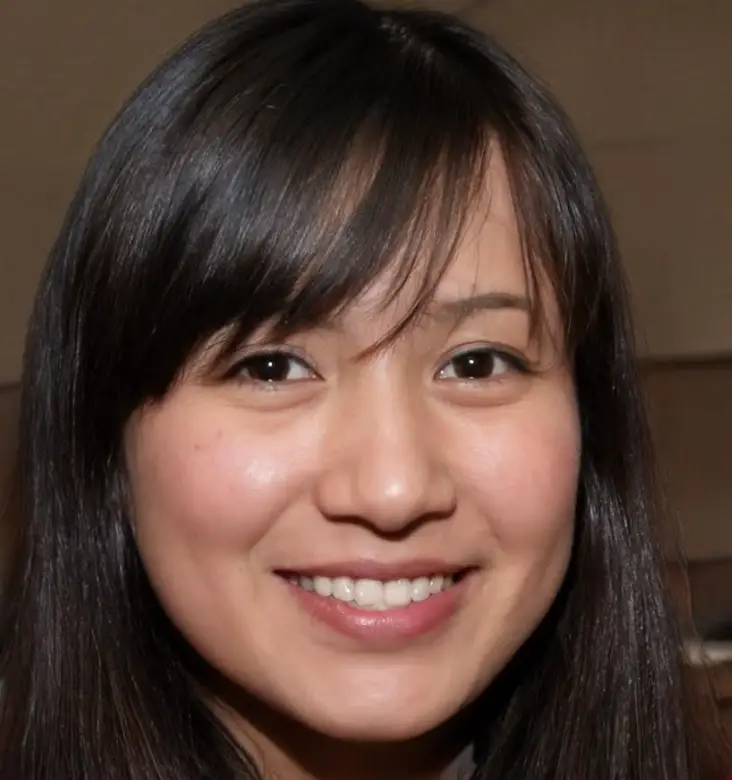 P. Sze
P. Sze 
